Welcome home! Black-tailed godwits return to WWT Welney
It seems that home really is where the heart is, even if you’re a black-tailed godwit. With good numbers already returning to Project Godwit sites this year, the future looks bright for these iconic waders.
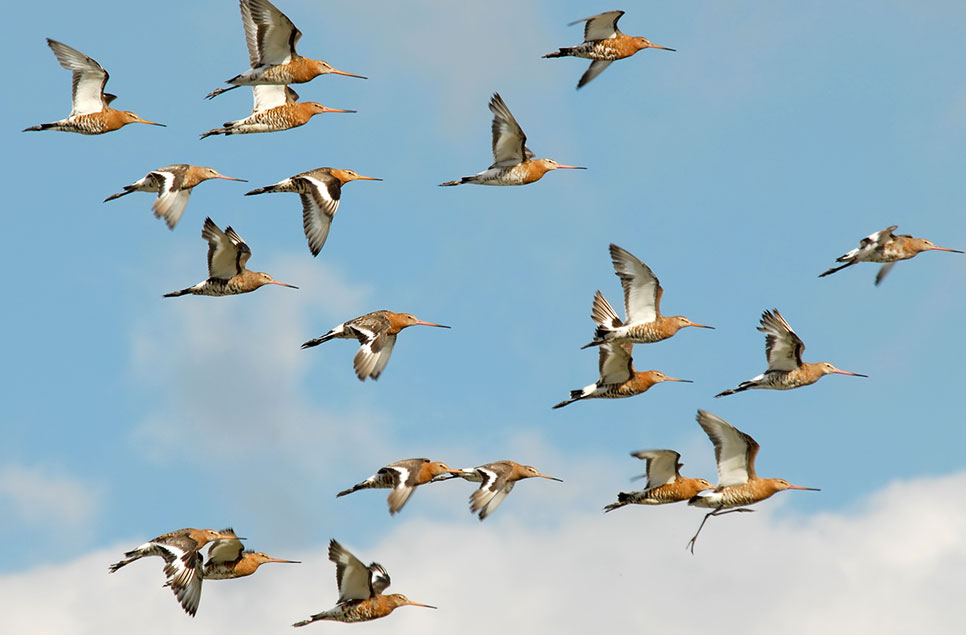
Why Project Godwit?
Black-tailed godwit numbers have declined in the UK because of land drainage and habitat loss. There were fewer than 50 pairs of godwits breeding in the UK and they can struggle to hatch and raise their chicks in safety. In 2017 we began a collaborative project with the RSPB working over three key godwit breeding sites in the east of England: WWT Welney, RSPB Ouse Washes and RSPB Nene Washes.
Each year one element of the project is to headstart godwit chicks collected from wild-laid eggs, by rearing them in captivity through the vulnerable stages of hatching and fledging. To date, between 2017 and 2019, 112 young godwits have been re-released into the wild at WWT Welney and RSPB Nene Washes.
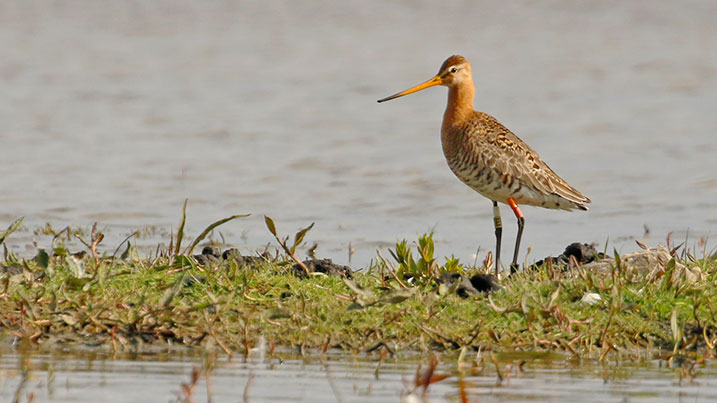
Conservation in action
The headstarted birds released are fitted with a unique combination of colour-rings so we can identify individuals and determine exactly how successful our work has been. So far, things are off to a promising start.
This year we have already recorded 27 headstarted birds arriving back in The Fens after spending the winter overseas, as far south as West Africa. This includes 12 birds that were released in 2017, 12 birds that were released in 2018, and three birds that were released in 2019.
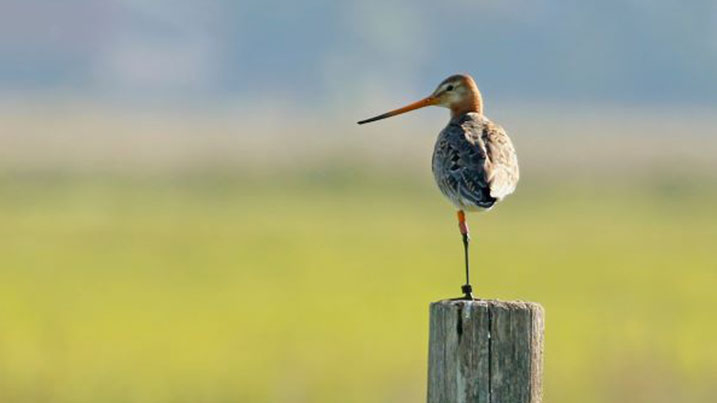
Around the world and back again
Seeing the first black-tailed godwits return each year is always a momentous occasion for the team, especially recording a sighting of the first bird to return from the previous year of headstarting. Emotional is an understatement! Tam, Barker and Omaha are the first of our head started birds to return from the 2019 cohort.
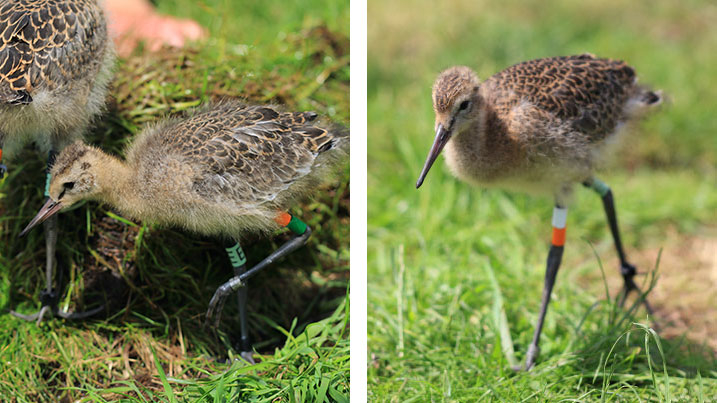
We all have our favourites (although we’d never let the birds know that) and so we were delighted when Denver his partner Purl arrived back at WWT Welney. Denver was spotted by one of our network in the Netherlands in February. Last year the pair nested at Welney but sadly their nest had been partly flooded for a short period after heavy rain, and later had their eggs pushed out of the nest by an inquisitive greylag goose. We hope they’ll try again this year.
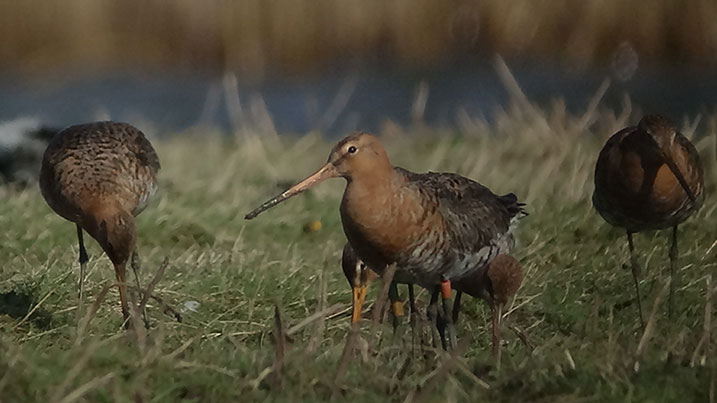
Anouk and Delph are back too. This pair nested together last year. We were fortunate enough to get some great footage of the family shortly after the nest hatched as part of our monitoring work. The parents were seen carefully escorting their chicks away from the nest in preparation for life in the wild.
Welcome back Chip! This is his first visit home since he left us in 2018. Last July, Chip became the first headstarted bird from the project to be spotted in West Africa.
Chip is one of the ‘muddy eggs’ - you may remember this story from last year?
And a popular pair of the Ouse Washes , Lady & Nelson, who nested at Welney last year, have decided to breed at the Pilot Project this time round; an area of flood free grassland adjacent to the Ouse Washes managed by RSPB.
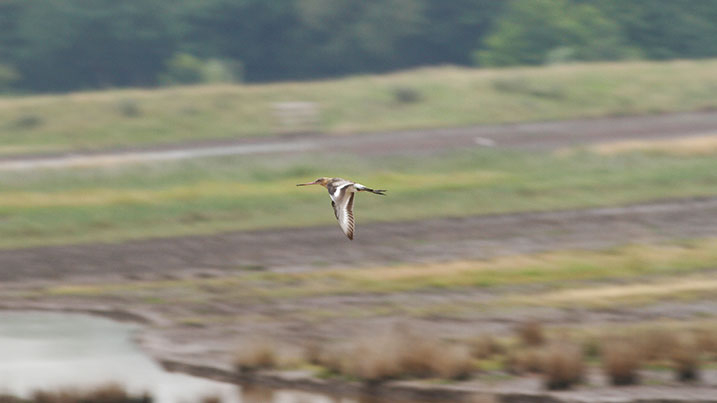
Some of our birds have been spotted in other parts of Europe. Strider has been seen in Germany, while Maris is in the Netherlands and her sibling Desiree is in Belgium (see second image in this article above), all fledged in 2018. Are they off to pastures new or on their way home? It’s hard to tell for sure at this stage, but their behaviour suggests some of them are breeding. We were delighted to hear that ‘March’, who hadn’t been spotted since he left us in 2017, was sighted in Portugal in February of this year, and then again in the Netherlands in March! And finally we recently had a report that Cloud, a female from the 2019 headstarted group, is currently in the Netherlands.
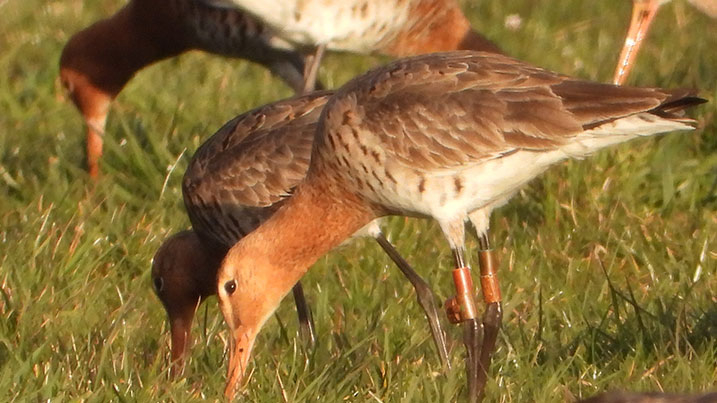
None of these stories would be possible without our dedicated network of ‘Godwiteers’ across Europe. Find out more here.
Conservation under lockdown
Like valuable conservation work all over the world, Project Godwit is facing the challenges of keeping going amid a global lockdown. Although work continues, we are not able to undertake the intensive monitoring we would usually carry out at this time of year to help us learn more about the population, or to headstart any godwits this year.
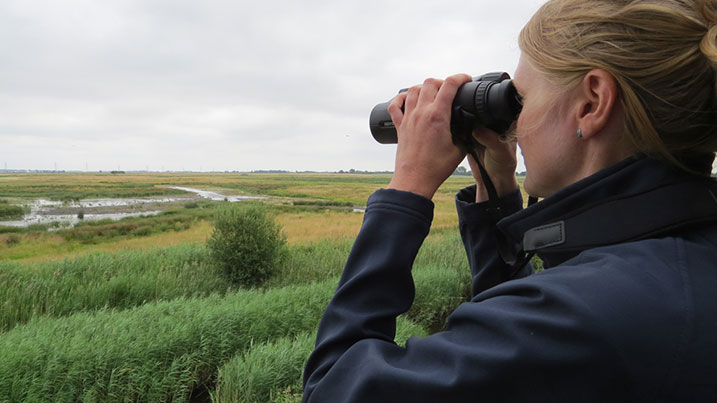
Lynda Donaldson is Senior Research Officer on the project: ‘I should be out in the field carrying out a detailed research programme for Project Godwit at WWT Welney. Instead, I’m at a desk at home supporting the reserve staff as much as I can to gather as much info as they are able on which godwits have returned, how many pairs there are, who is paired with who, if they are breeding and how successful any breeding attempts are,’ she said.
Fortunately, the main sites that the godwits return to after their migration are WWT and RSPB reserves, so remaining staff can continue with essential checks at these sites. They have managed to spot some colour-rings on godwits while they are doing this.
Restricted, but still working
We haven’t been able to continue with our full research programme this year. Usually our teams would be closely monitoring nesting activity throughout the breeding season. Using specialised equipment (and under license), they use nest cameras and temperature loggers in godwit nests to help identify successes and failures. We would also be keeping a close eye on broods of godwits after they hatch to see where they go and if they fledge.
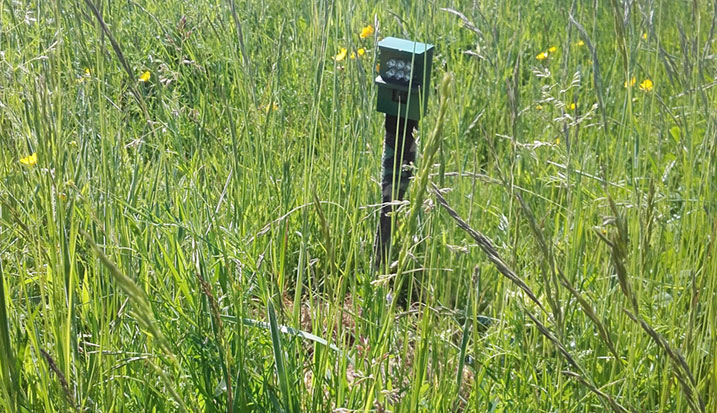
This monitoring work helps us understand what pressures the breeding godwits face and ultimately what management measures we can introduce to give them the best chance of success in the future. It also helps us to see how much difference the measures we have put in place are making to populations of breeding waders.
‘Despite less people working on the ground to look for ringed godwits and monitor breeding activity this season, we’re still hoping to get a good understanding of how the godwit population in the east of England is doing this year,’ said Lynda.
Making our godwits feel at home
It’s not just about nest building and laying eggs. Godwit chicks need to fledge successfully if we are to increase their numbers. Habitat management is key if we are to provide breeding godwits with the habitat they need for their chicks.
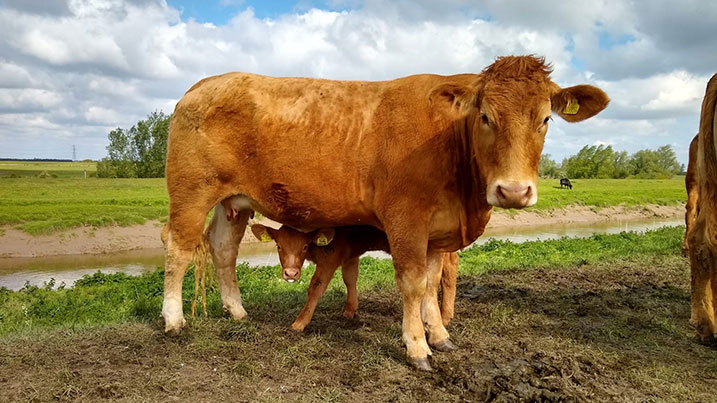
At Welney we have 110 South Devon cows to help us do the job. Their grazing activity plays a key part in creating the perfect breeding and nesting habitat for godwits and other waders. Even their dung is useful, attracting insects, which provides a nutrient-rich supply of food for the birds. Cows have to be fed, watered and checked every day. It’s a lot of work for the small team still working on the reserve.
‘There is only a staff of three left at Welney,’ explains Leigh Marshall, Centre Manager. ‘Me, our Grazing Manager David Tough and Emma Brand, our Marketing Manager, who has been helping out on the reserve with the cattle. It has been a real team effort to keep everything going.’
Ground work
We’ve all enjoyed the lovely weather recently, but it has left the reserve very dry. The waders need it to be wet, so we work hard to keep the water levels controlled using a pump to make sure the area doesn’t flood or dry out. The pools, scrapes, and ditches provide the perfect muddy margins for the godwits to feed.
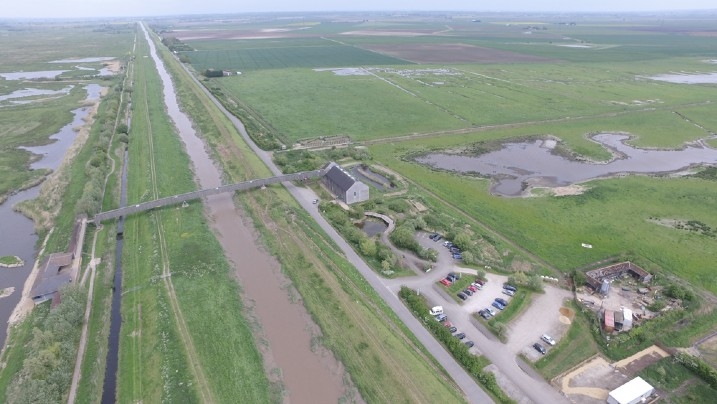
The team at Welney are also busy checking and maintaining the huge stretches of fencing around the 300 acres of wetland habitat, which is important to keep the livestock in and any roaming predators such as foxes and badgers out.
In normal circumstances, the hard work of the reserve team and volunteers is rewarded by being able to share stories of the godwits with visitors in person. ‘It’s a shame that we’re unable to do everything as planned for Project Godwit this year,’ says Leigh. ‘We’re really keen to continue with our outreach to schools and with important research to help us understand their migration better. But we’re doing what we can under the circumstances.’
In the meantime…
Here is a little glimpse of the sights and sounds of the godwit breeding grounds at WWT Welney this year. Godwits have been recorded nesting on the Ouse Washes as well as Lady Fen. They used to regularly breed on the Washes until it flooded in 2008 but since then, only one pair bred there, in 2013. ‘This is exciting progress as Lady Fen is what we call a ‘lifeboat site’, to provide a foothold for the godwits when the Ouse Washes are flooded,’ says Leigh, ‘until the washes can provide the ideal conditions for breeding. So it is encouraging to see at least two pairs breeding on the Washes this year.’
We’ll keep working hard to support the godwits and look forward to updating you on the breeding season later in the year.
Our mission for wetlands
Project Godwit is just one part of our work to strengthen the link between wetlands, wildlife and people, in the UK and beyond.
Find out moreProject Godwit is a partnership between WWT and the RSPB, with funding from the EU LIFE Nature Programme, Natural England, HSBC 150th Anniversary Fund, Leica UK, the Montague-Panton Animal Welfare Trust and the National Lottery Heritage Fund through the Back from the Brink Programme.



